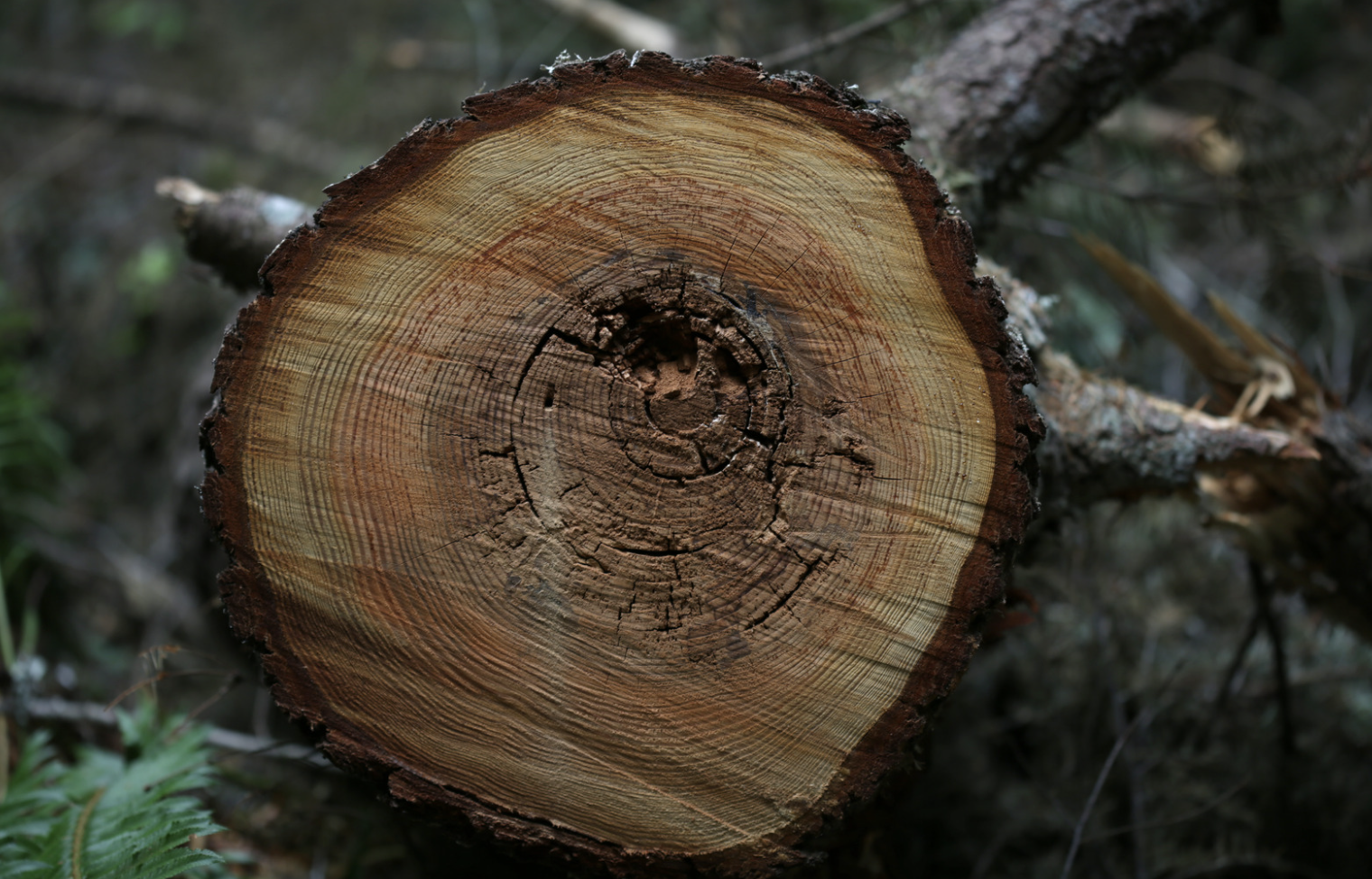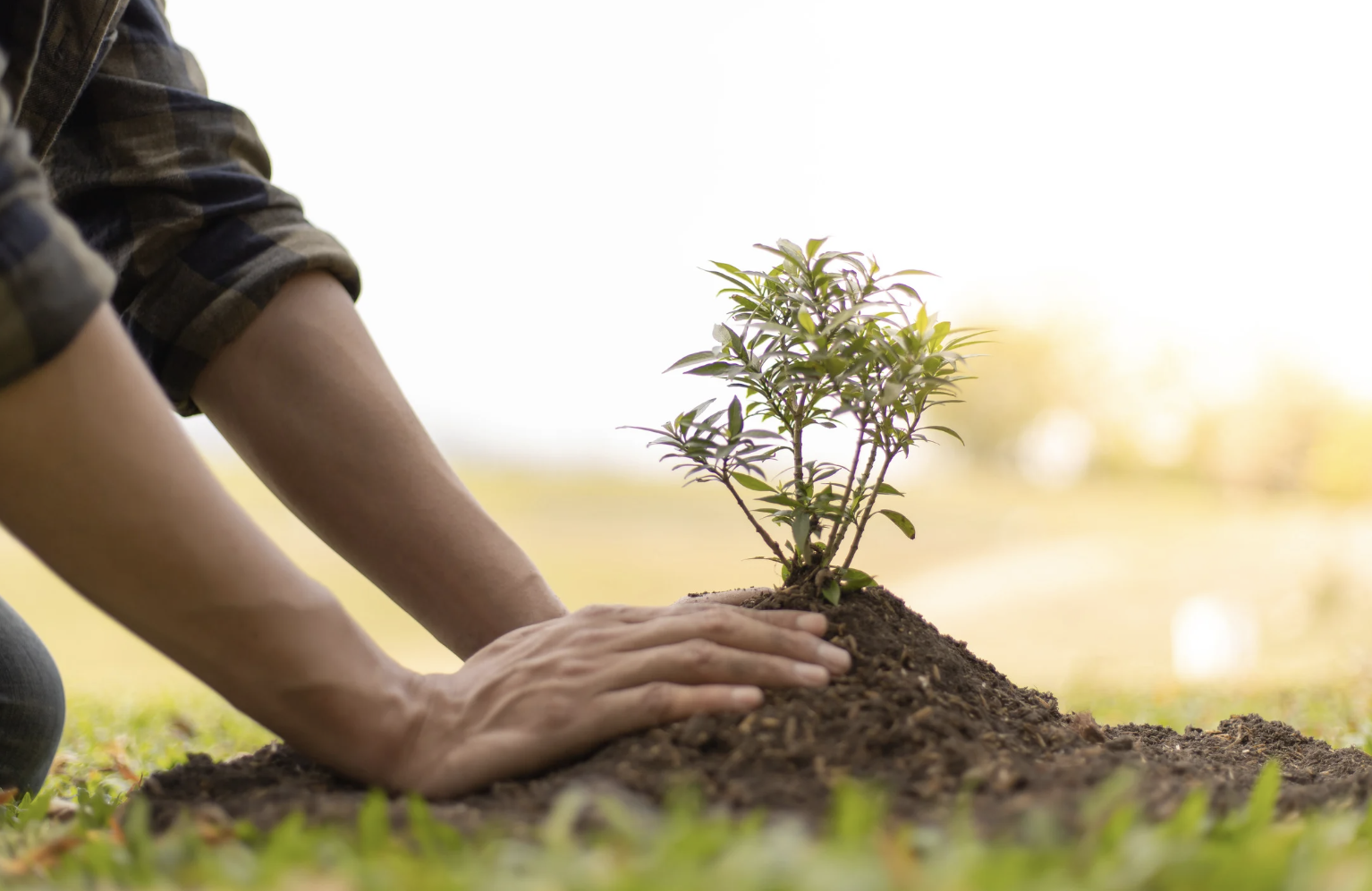
18 Feb Understanding the Parts of a Tree
What makes a tree more than just a trunk with leaves? Trees are complex organisms with various parts that work together to sustain life and growth.
Understanding these parts not only helps in appreciating nature but also provides insights into the tree’s role in our ecosystem. These components are essential for processes like photosynthesis and reproduction.
1. Roots
Roots are the foundation of any tree, hidden beneath the soil but vital to its structure and survival. They anchor the tree firmly in place, keeping it steady against the elements.
Like veins in a body, roots transport water and nutrients. The primary root, or taproot, grows deep into the ground, seeking out essential resources. From this main root, lateral roots branch out, expanding the tree’s network of support and nourishment.
Tiny root hairs are crucial for absorption. They cover the roots, increasing the surface area available to soak up water and nutrients. It’s fascinating how such small structures play a significant role in keeping the tree alive.
Let’s not forget the root cap. Acting like a helmet, it protects the delicate tip of the root as it pushes through the soil. This often-overlooked part ensures roots can grow deeper, even in tough conditions. Isn’t it amazing how much is happening underground?
2. Trunk
When examining a tree, the trunk stands as the sturdy vertical figure connecting roots to the leafy crown. It acts as the tree’s backbone, ensuring stability and support.
Within the trunk, various layers perform crucial roles. The outer bark protects the tree from external threats, like pests or harsh weather. What of the inner bark? It’s busy transporting nutrients throughout the tree.
The heartwood, found in the core, is the densest, most durable part. It’s not involved in nutrient transport but provides significant structural strength.
The tree’s trunk is more than just bark and wood. Beneath the outer bark and inner layers lies the cambium. This thin layer produces new wood and bark each year. This process allows the tree to grow in thickness as nutrients flow through a network of vessels and tissues.
Is the trunk just a conduit? Not quite. It records the tree’s growth history, revealing its age through rings visible after cutting. Each ring reflects a year in the life of the tree, rich with tales of changing seasons.
3. Branches
Branches are like the arms of a tree. They extend outward, reaching for sunlight. This stretch helps support the tree’s leaves, where photosynthesis occurs.
Have you glanced up at the intricate pattern branches form against the sky? They dictate the tree’s shape and provide crucial support for fruits, flowers, and leaves. Speaking of support, ever noticed how branches grow thicker over time? They need strength to withstand wind and weather.
Branches are an integral part of the tree’s vascular system, carrying water and nutrients from the trunk to the leaves. This flow ensures that the tree remains healthy and thriving. Without branches, how would trees sustain themselves?
Take a moment to appreciate their role in providing habitats for countless creatures. Birds build nests among branches, insects find shelter, and even tiny fungi make their home there. Branches serve as more than mere appendages; they are vital to the ecosystem they inhabit.
4. Leaves
Leaves are the powerhouses of a tree. They’re where photosynthesis takes place, transforming sunlight, water, and carbon dioxide into energy. Imagine the way leaves spread out to catch as much sun as possible. Have you ever wondered why they’re mainly green? It’s due to chlorophyll, which plays a critical role in this process.
You can identify many trees simply by examining their leaves. Consider their shape—are they needle-like, broad, or lobed? Texture and margin characteristics also offer clues. Some are smooth, while others might be serrated or have tiny hairs on the surface.
Beyond photosynthesis, leaves have other functions. They help with gas exchange, allowing oxygen and carbon dioxide to move in and out. When you touch a leaf, you’re engaging with a plant’s intricate system of veins, which efficiently distribute nutrients and water throughout the leaf’s surface.
5. Bark
The bark is the rugged exterior of a tree that serves as its protective barrier. It shields the tree from pests, diseases, and harsh weather conditions. Without bark, trees would be vulnerable to all sorts of external threats.
Think of the bark as the tree’s armor. It consists of two main components: the outer bark and the inner bark, known as phloem. The outer bark is tough and dead, while the phloem is alive and plays a vital role in transporting nutrients.
As trees grow, the bark expands to accommodate the increasing girth. The cambium layer, located just inside the bark, is responsible for producing new bark and wood cells. Over time, old outer bark sheds, and new layers are formed. This continual process helps maintain the tree’s health and stability.
6. Cambium
When observing a tree, you might not immediately think about its cambium. Yet, this thin layer holds a critical role. Found between the bark and wood, the cambium is where growth occurs. Its cells divide, creating new layers that expand the tree’s diameter.
Can you imagine a tree without growth? Cambium makes it possible for trees to develop in thickness, not just height. This cell layer is like a factory, producing phloem on the outside and xylem on the inside. The phloem provides nutrients, while the xylem transports water.
Why does cambium matter? Without it, trees wouldn’t adapt to environmental changes. They’d struggle to repair the damage. Cambium is essential for secondary growth, contributing to a tree’s robustness. It’s a fascinating part of a tree’s anatomy, often overlooked but vital for the tree’s life and health.
7. Sapwood
When you think about a tree’s structure, sapwood plays a vital role.
Acting as the tree’s pipeline, it channels water and nutrients from the roots to the leaves. This continuous flow supports growth and photosynthesis.
What makes sapwood different from other parts? It’s typically the younger outer layers of wood. As trees age, these layers give way to heartwood. Yet, they remain crucial for the tree’s health and vitality.
Imagine sapwood as the life source. It keeps the tree alive and thriving. The tree trunk’s outer region is filled with these active cells, busy with transporting essential elements for survival. The remarkable part is how this process can last years or even decades, depending on the species.
Functionally, sapwood creates energy reserves. It enables the tree to respond to environmental changes, such as drought. So, next time you gaze up at a towering tree, think about the hardworking sapwood beneath the bark.
8. Heartwood

Heartwood, found at the center of a tree’s trunk, is the backbone of stability. As trees age, the innermost layers of sapwood lose their vitality and turn into hardwood. It’s like the tree’s inner fortress—dense and strong.
When you think of a tree’s strength, its heartwood is what comes to mind. It won’t rot or decay while its outer layers remain intact. Heartwood serves as the solid core that helps trees stand tall, weathering storms and supporting their expansive branches.
Interestingly, the heartwood is no longer alive. It doesn’t participate in transporting water or nutrients. Despite its inactive state, it remains essential for structural support. This part of the tree is often sought after in woodworking and prized for its durability and rich color.
When you appreciate the beauty and resilience of wood products, heartwood is a significant contributor. Your favorite wooden furniture likely owes its strength to this enduring section.
9. Pith
When you think about a tree, do you ever consider what’s at its center? The pith. It’s often overlooked but plays a vital role. Imagine the core of a tree trunk—a small dark spot enclosed by rings of growth. This is the pith, the oldest part, crucial in a tree’s development.
The pith consists of large, thin-walled cells. These cells are essential for the initial vertical transport of nutrients and water in young trees. In mature trees, the pith can become compressed and reduced in significance, but it’s still there, a testament to the tree’s history and growth.
Sometimes, using wood that contains the pith in woodworking can lead to issues. The pith can be prone to cracking, affecting the wood’s quality and stability. Understanding how the pith interacts with the other parts of the tree is essential for both arborists and woodworkers.
Improve Your Plant Care Efforts with Insights into Tree Structures

Understanding the parts of a tree is fundamental to successful gardening and tree care. Knowing the anatomy helps you nurture healthier, more robust trees. For expert advice and assistance in all your gardening needs, Price Right is here to help. Contact us at (817) 675-8565 to enhance your garden today.
